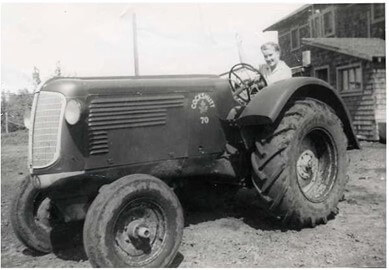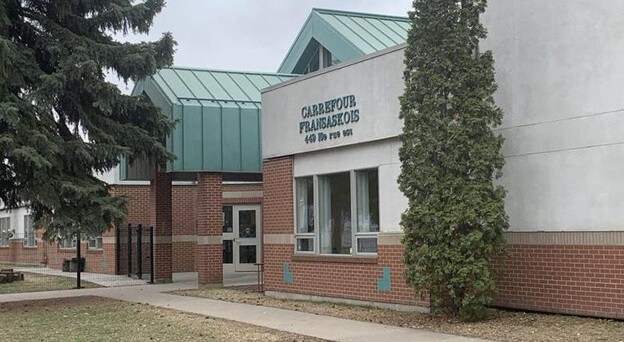French
History
The French were one of the first groups of Europeans to live and explore western Canada. French immigrants made the voyage from France to Canada because they wanted to make money from the fur trade.


The country of France and the surrounding countries.
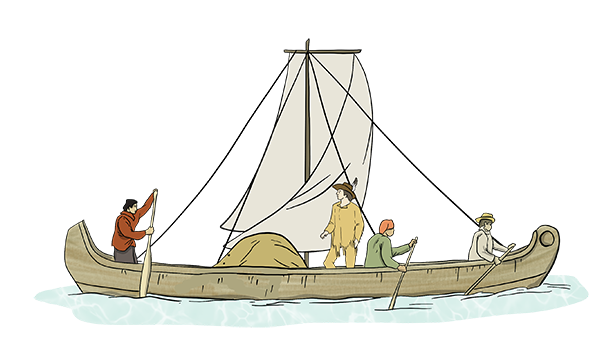
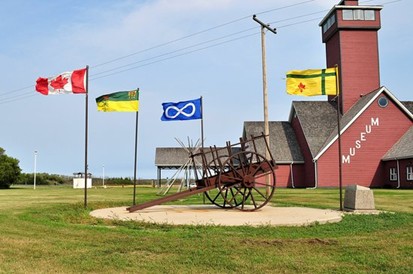

Photo Credit: SASKATCHEWAN HISTORY ALBum
This French family immigrated to Canada.
Settlement
The French settled all over the province, including the Qu’Appelle Valley, Meadow Lake, Cypress Hills, Spiritwood, and Batoche. These communities in the Prairies were home to French Canadians, Métis, and other European immigrants. As the bison population dwindled and the fur trade declined, these settlers turned to agriculture to make a living. Life wasn’t easy for them at first – they had to learn how to survive harsh winters, care for livestock, learn English, and manage the risks of farming on the prairies.
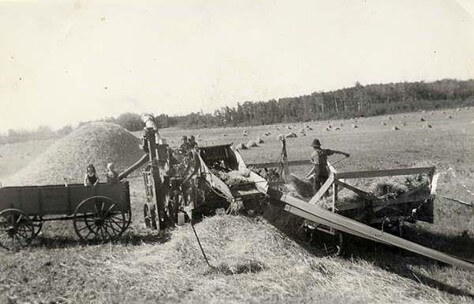
PHOTO CREDIT: SASKATCHEWAN HISTORY ALBUM
Culture
Some communities remained French and adapted to farming on the Prairies. French culture has had a strong influence on our province, and there are still some Francophone communities in Saskatchewan today. Duck Lake, Ferland, Saint-Denis, Gravelbourg, Zenon Park, Bellegarde, and Ponteix are all communities with a strong Francophone heritage, and they are proud to be Fransaskois.





